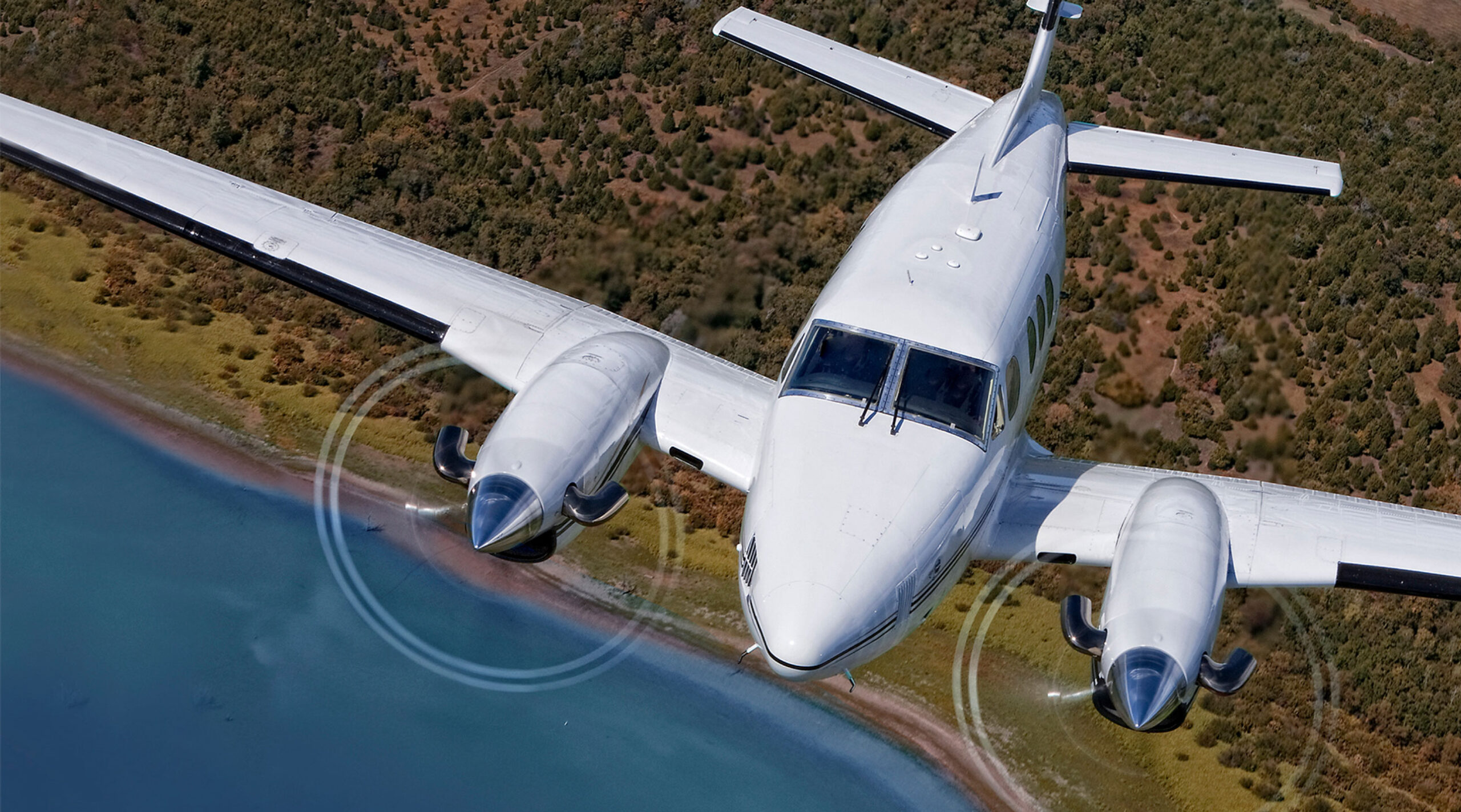AIRCRAFT ENGINE OVERHAUL — THE ENDS AND OUTS

Regular engine overhaul is fundamental to the successful and safe operation of fixed- and rotor-wing aircraft across all aviation sectors. In addition to line maintenance, base inspections, and performance data analysis, aircraft engines require a complete overhaul after a certain number of flight hours or cycles. While engine overhauls are an investment, regular maintenance helps to minimize operational costs and prevent more expensive repairs or complete engine replacements. Most importantly, they are required to ensure compliance with safety regulations.
Aircraft engines operate under extreme conditions and are subject to significant wear and tear inside and out. The regular overhaul of all engine components supports the primary “hot section” function.
FOR EXAMPLE
- Casings & Covers
- Starter Generators
- Alternators
- Ignition Systems
- Blowers & Compressors
- Turbines & Blades
- Exhaust Systems
- Engine Governors
- Fuel Heaters
- Fuel Controls
- Oil Pumps
- Fuel Nozzles
WHAT HAPPENS
The Maintenance, Repair, and Overhaul (MRO) of an aircraft engine is a meticulous process performed by certified technicians.
- Disassembly: The engine is completely disassembled down to its fittings, wiring, fuel lines, and accessories.
- Inspection: Every system is cleaned and inspected for wear, cracks, or other damage. Using techniques such as magnetic particle inspection, dye penetrants, and ultrasonic testing, flaws can be detected that are not visible to the naked eye. The exact nature and location of any problem is diagnosed using various tools and procedures including ground testing, borescope inspections, and data analysis.
- Component Repair/Replacement: Once a fault is identified, affected parts or systems are repaired or replaced. This could require spot welding, machining a new part, replacing it with a new OEM part, or installing a returned-to-service component from an approved MRO provider.
- Reassembly and Testing: Once all parts have been inspected and repaired or replaced, the engine is fully reassembled. It then undergoes rigorous testing, including test cell runs when the engine is powered at various settings to ensure it performs correctly under all conditions.
SAFETY REGULATIONS
Regulatory bodies such as the Federal Aviation Administration (FAA), European Union Aviation Safety, Agency (EASA) and UK Civil Aviation Authority (CAA) set stringent standards for engine overhaul, including:
- Only licensed and certified technicians perform the work.
- Quality control measures must ensure the highest standards throughout the process.
- Only parts that meet the manufacturer’s specifications and regulatory approval are used.
- Detailed records of all maintenance, repairs, and overhauls are kept.
Routine scheduled overhauls help identify potential issues early, prevent costly repairs and support overall flight safety.


